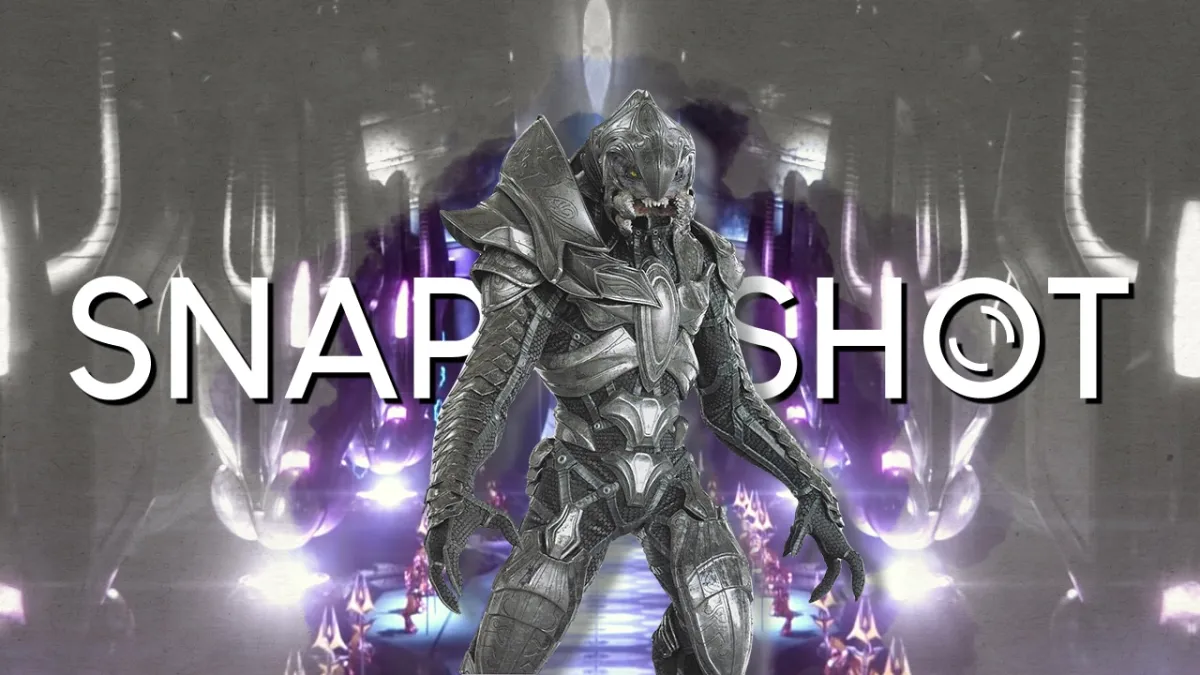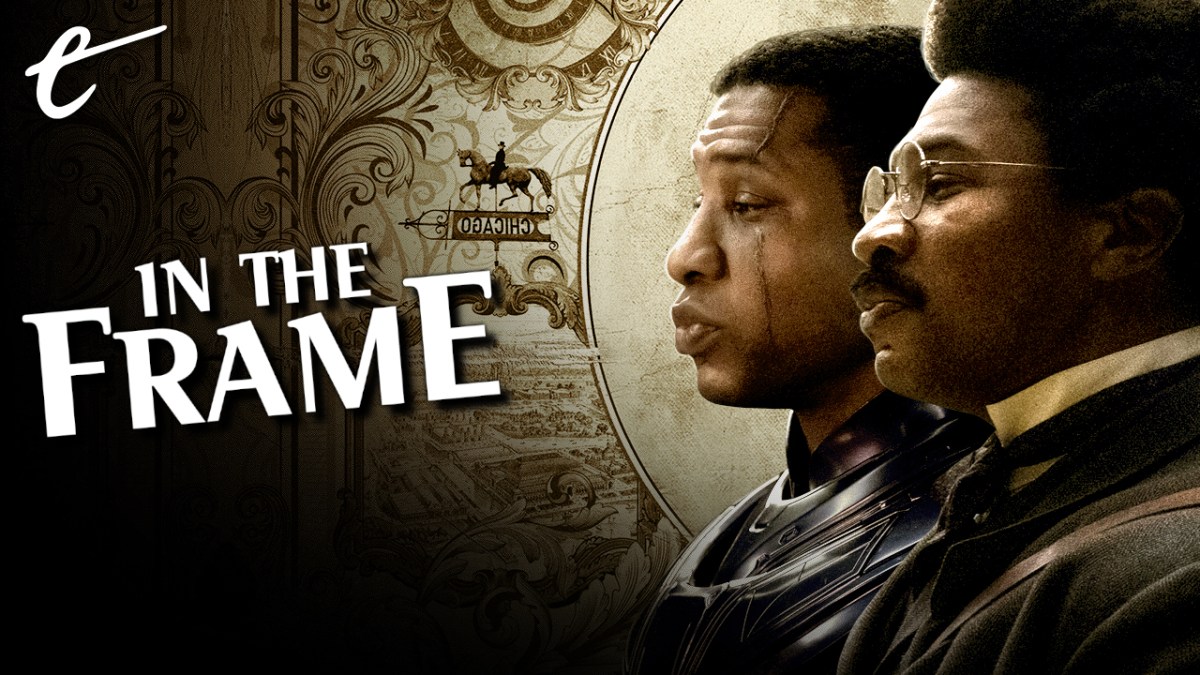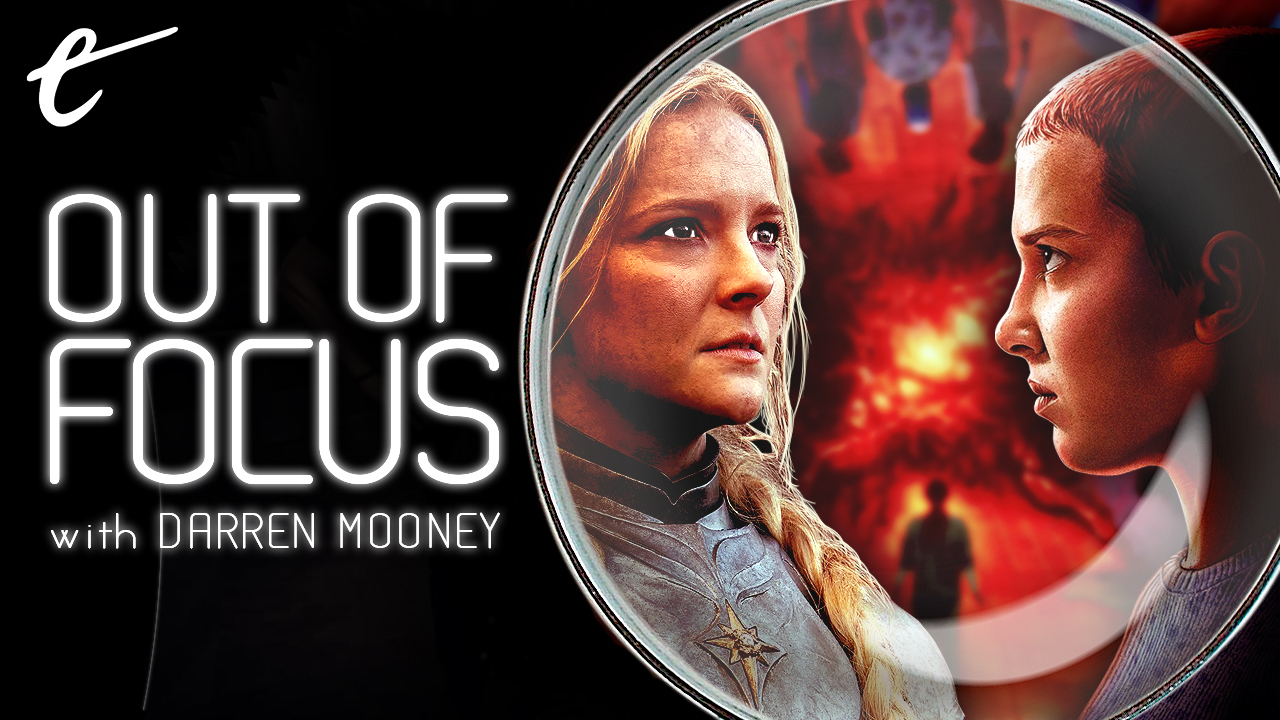There are certain video game moments whose power and impact stem from experiencing them at that very specific instant. Context is key, and an appreciation of their location on the flowing spectrum of video game history is crucial. With this in mind, the moment in 2004’s Halo 2 where you suddenly find yourself in control not of our hero Master Chief, but rather the Arbiter — a Covenant Elite whom you would’ve immediately tried to destroy in Halo: Combat Evolved — was a remarkable accomplishment for the entire Halo series. It zoomed out the thematic lens and opened up the possibilities for where the video game space opera could go and the kinds of stories it could tell. It also helped cap off the generation on a high note as one of the last major first-party games on the original Xbox, in turn generating the momentum to give Xbox 360 a majorly successful launch a year later.
Halo 2 came out on Nov. 9, 2004, right smack dab in the middle of one of the most impressive three-week stretches for video games ever. From the end of October to the middle of November, we saw Halo 2, Grand Theft Auto: San Andreas, Half-Life 2, World of Warcraft, Metal Gear Solid 3: Snake Eater, Metroid Prime 2: Echoes, and the Nintendo DS all launched. That’s absolutely absurd. And for Halo 2 to be able to stand out among that cohort is a testament to the quality of Bungie’s revolutionary multiplayer, as well as the audacity they had in how to tell the series’s sophomore story.
The first 90 minutes of Halo 2 feel very much how you’d expect the sequel to a beloved shooter to feel, save for one thing I’ll touch on in a bit. For the most part, it’s more of the same, but bigger. You can dual-wield weapons, even mixing and matching human and Covenant arms. You find yourself in the middle of impressive low-gravity skirmishes in the quiet openness of space. Again, all familiar, but also very cool because that’s what helped make Halo: Combat Evolved such an iconic launch game back in 2001.

Like his Spartan namesake, Master Chief has an almost mythological quality to him. He delivers his wry promises the way you expect someone who has been touched by the gods would. When he says, “Permission to leave the station … to give the Covenant back their bomb,” and then proceeds to ride said bomb through space the way Slim Pickens rode the atomic bomb down to Earth at the end of Dr. Strangelove, it almost feels like you’re watching someone relay a tall tale set to Marty O’Donnell’s unforgettable score. It’s comforting to be in the presence of such heroism.
But there’s one thing about Halo 2’s opening that isn’t expected, and it comes at the very start of the game, before we even reassume the role of John-117. A cinematic shows a Covenant Elite voiced by the fantastic Keith David being stripped of his rank by the three Prophets and a military tribunal for his failure to stop Master Chief’s destruction of the Halo in the original game. It’s a moment that shows the far-reaching consequences of your success for completing the original game. Having Halo 2 begin on this note feels like if The Empire Strikes Back had kicked off with the Emperor publicly shaming Darth Vader for failing to protect the Darth Star from the Rebellion. But even this opening cutscene couldn’t prepare us for what would happen a few missions into the game.
Back to Master Chief. After his quick prologue in space, we finally get to take the fight to Earth as we attempt to liberate the African city of New Mombasa. Again, the urban warfare is a familiar-but-enjoyable leap for the sequel. There’s even an extended vehicle sequence where we cruise a Warthog down a highway that has similar energy to the final mission of the original Halo. This series of missions caps off with the exciting debut of a massive Scarab tank, which we then proceed to hop aboard and use to quash a whole mess of Covenant soldiers.
But this doesn’t end the way we thought it would. Instead of your being the hero and saving the citizens of New Mombasa, the entire thing is laid to waste as we follow a Covenant ship through a slipstream jump just above the city. The ensuing energy discharged as the portal opens and closes releases a shockwave that completely obliterates the surrounding city. The ships are gone. Master Chief is gone. We fade to black, as Bungie prepares to finally show off the magic trick it’s been prepping this whole time.
A cutscene occurs of the disgraced Elite being given a chance to redeem himself by assuming the role of Arbiter, which essentially amounts to an honorable suicide mission the Covenant leaders give to a powerful soldier instead of just punishing them outright. There’s a rebel known as the Heretic who’s been speaking out against the Prophets. It’s the Arbiter’s job to find him and silence him. Except it’s not just the Arbiter’s job — it’s now our job. We see a shot of Grunts and Elites dismounting off of a dropship and charging into battle, with the Arbiter being the final one. The camera zooms in as he ignites his Energy Sword, which suddenly becomes our Energy Sword, as we not only assume the role of a character who isn’t Master Chief for the first time in the series, but also that of the enemy — a Covenant Elite.
I can distinctly remember the genuine shock I felt seeing the first-person view of those clawed fingers on my left hand, opposite of the blade humming in my right. Even after being introduced to the Arbiter in those two cutscenes, it had never even occurred to me that I’d be playing several missions in the game from his perspective. The original Halo felt like such a singular story of a black-and-white war, so to suddenly embody the other side was the kind of jarring sensation I’d only felt one time before in video games, three years prior in Metal Gear Solid 2: Sons of Liberty with the sudden shift from Solid Snake to Raiden.
The idea of dramatically shifting perspective in a shooter’s campaign, and having it be a surprise, seems silly in 2020. But what Bungie did with Halo 2 shocked pretty much everybody who had been eagerly awaiting Master Chief’s second adventure. Regardless of how the swap eventually played out in the remainder of the campaign, what the entire arc of the Arbiter ended up looking like throughout the series, or what your feelings towards the Master Chief/Locke dynamic of Halo 5: Guardians were, there’s no denying how powerfully audacious and truly unforgettable it was to experience this moment in Halo 2 for the first time.














Published: Mar 3, 2020 3:00 PM UTC